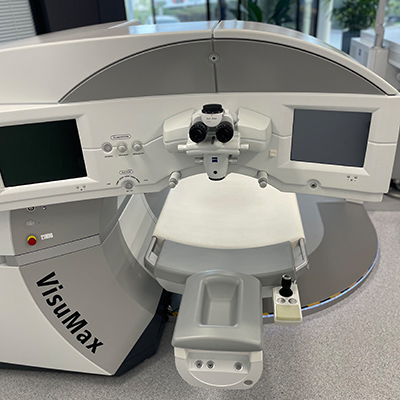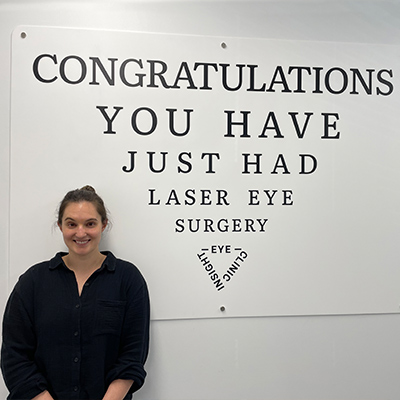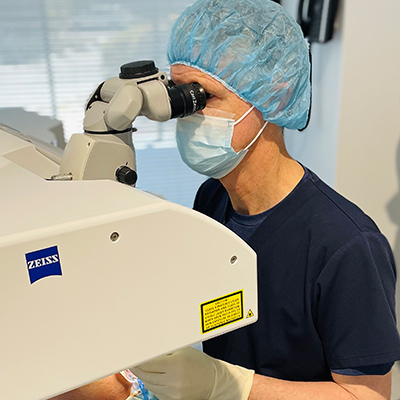Aftercare Following Lens Surgery
(Cataract surgery and refractive lens exchange)




NOTICE: This aftercare blog post is related to patients of Dr Graham Furness attending either Insight Eye Clinic in Westminster or Subiaco, WA.

Sunglasses
Once your surgery is complete and it is time to leave the hospital, you will be provided with protective dark sunglasses. You may have already bought yourself a celebratory pair of snazzy new prescription free sunglasses… but hold off using these as your primary sun protection for the first week or so.
It is important to wear sunglasses or protective eye-wear following your lens surgery, especially during the initial healing period (first 5 days).
Sunglasses will not only reduce glare from light but they are a shield between you and the world. This reduces your risk of accidental injury and blocks any harmful dusts or airborne materials that could potentially land in your eye(s). If this were to happen, it is likely you would rub your eye(s) potentially causing infection from bacteria or a corneal abrasions.
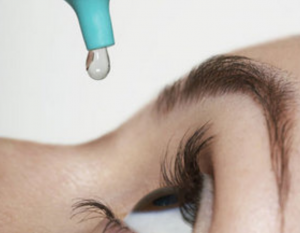 Eye Drops
Eye Drops
Prior to your surgery, you will be provided with an eye drop to apply to your operation eye(s) on the day of your surgery. We ask that you apply 1 drop to the eye(s) having surgery, 10 minutes prior to leaving your home for hospital.
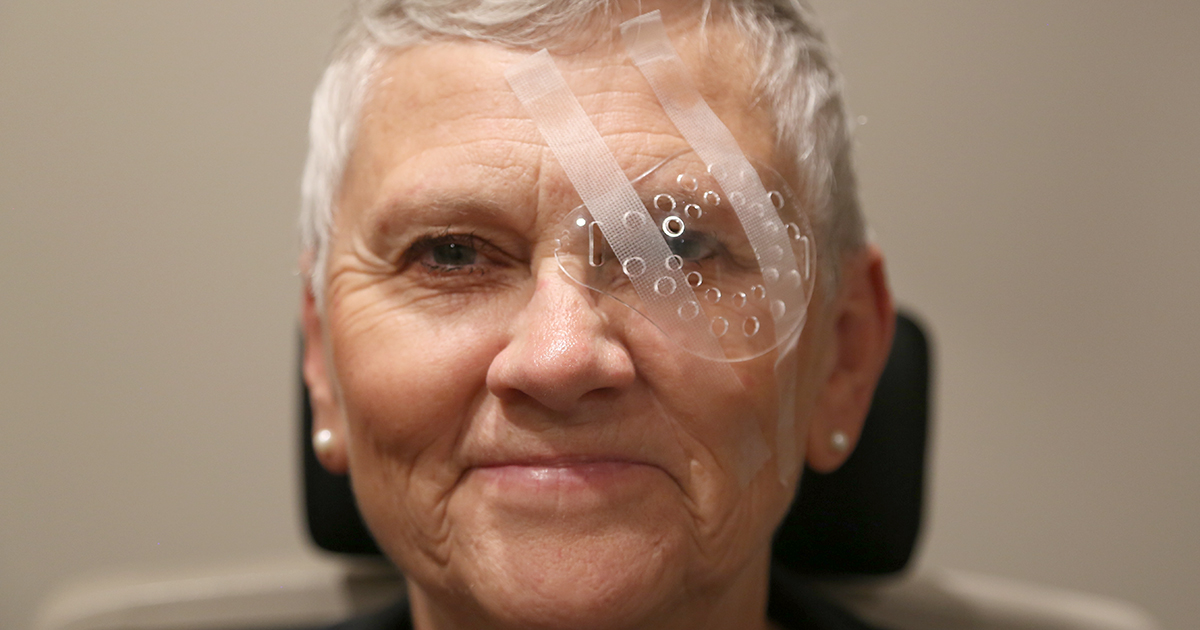
Protecting Your Eye(s)
After your operation you will be given an eye shield. This should be worn when sleeping for the first 5 nights/days.
The point of the eye shield goes over the bridge of the nose, and should be taped on using ‘skin tape’ (e.g. Micropore 1cm) – available from your chemist. You do not need to wear the shield when awake.
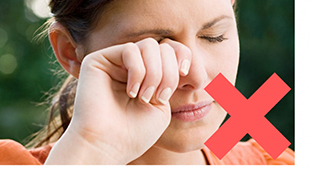
Do Not Rub Your Eye(s)
Do not rub your eyes at any time following surgery – rather, dab gently with a tissue if you need to at any stage. Risk of injury and/or infection after the first 14 days is greatly reduced.
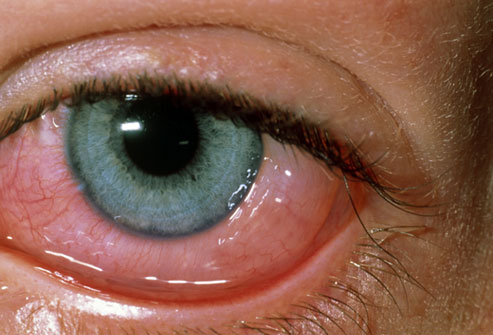
Contact Your Doctor if…
You MUST contact your doctor immediately if you experience any of the following symptoms:
- Vision loss
- Discharge or increased eye redness
- Flashing lights or multiple floaters
- Persistent pain that cannot be helped by OTC pain medication or eye drops
Vision Expectations
Failure to attend your post-operative visits or report any of these symptoms could substantially alter the result you get from your surgery.
Your eye may water and feel gritty the day of your operation. Panadol or Panadeine may be taken as needed. Any pain that is not controlled by these tablets should be reported. Your vision may be blurry for 1-2 days and then improve. You may notice your vision “wobble”, or a dark band down the side. Fine-tuning of your vision with new glasses (if necessary) will be arranged after your 1-2 week appointment.
Typically, complete healing occurs within 8 weeks of your procedure.
Post-op Appointments
Following your operation at the hospital, you will be seen in the clinic usually that same day or next morning. We will then see you again 1-2 weeks later. (NB: Dilating drops will be used, and allow at least 1½ hours for the 1-2 week appointment) You may also have other appointments as decided by Dr Furness.
 The majority of patients will reach driving standards within the first 3-5 days following their surgery. In some cases, this may be sooner or longer. Always speak with your doctor before resuming driving.
The majority of patients will reach driving standards within the first 3-5 days following their surgery. In some cases, this may be sooner or longer. Always speak with your doctor before resuming driving.
Activity Following Your Lens Surgery
You may return to your normal activities including reading and watching television as soon as you like after the operation, however you should avoid heavy lifting and exercise for 5 days. No eye makeup to be worn for 1 week and no swimming for 2 weeks.
Lastly… Enjoy your new vision!
*Always contact your doctor should you experience any of the above listed symptoms or have any concerns
*Follow the aftercare given to you by your own doctor but seek a second opinion if you are concerned about your aftercare or your concerns are not being addressed
*Please note: This is a blog and should never be used in place of a Doctors or healthcare professionals advice unless specifically advised
Common Cataract Concerns & Questions Part 1
Common Cataract Concerns & Questions Part 2
Common Cataract Concerns & Questions Part 3


